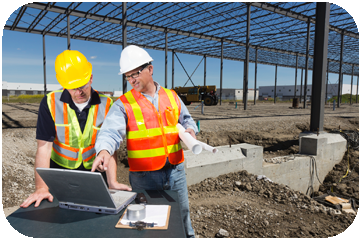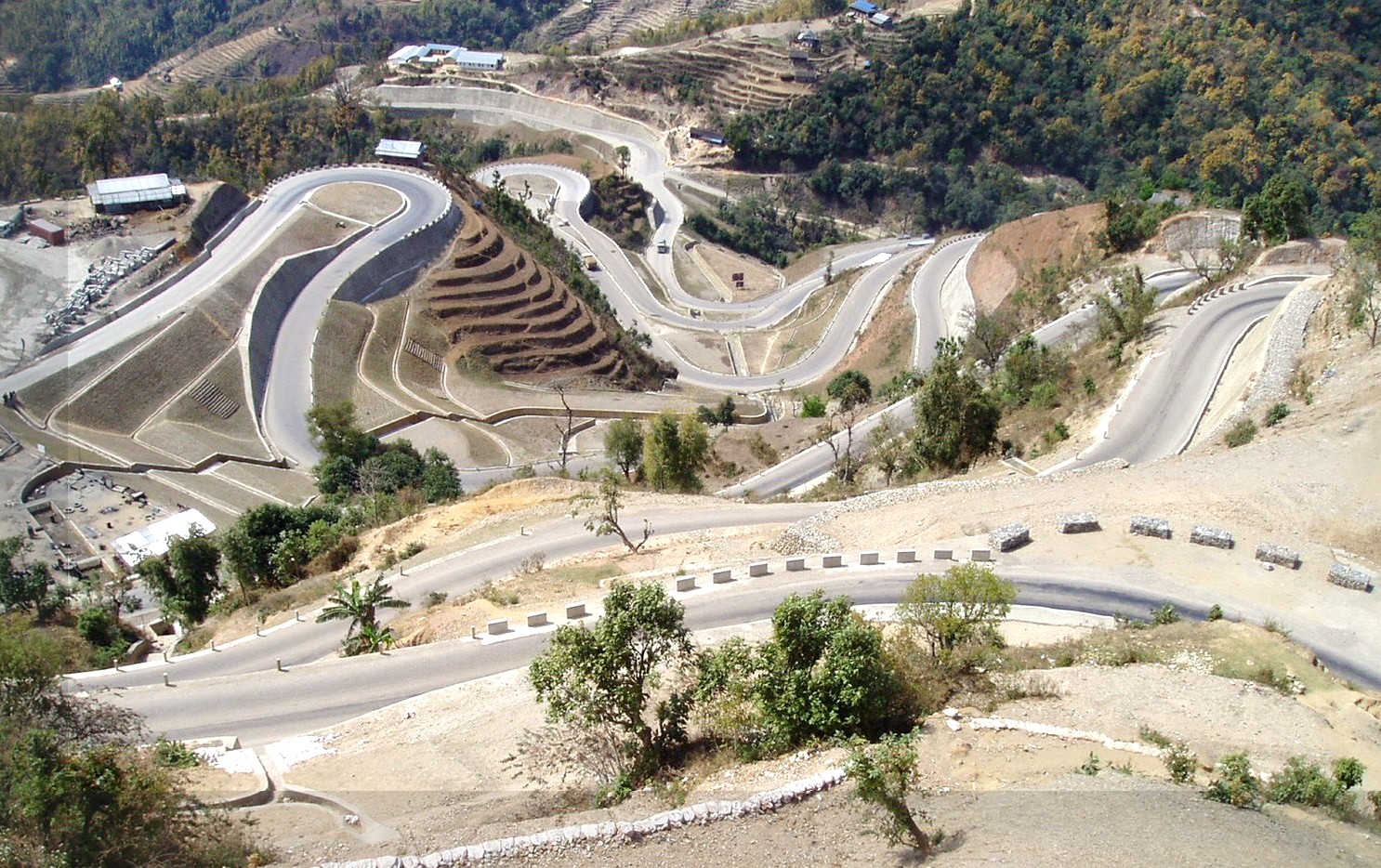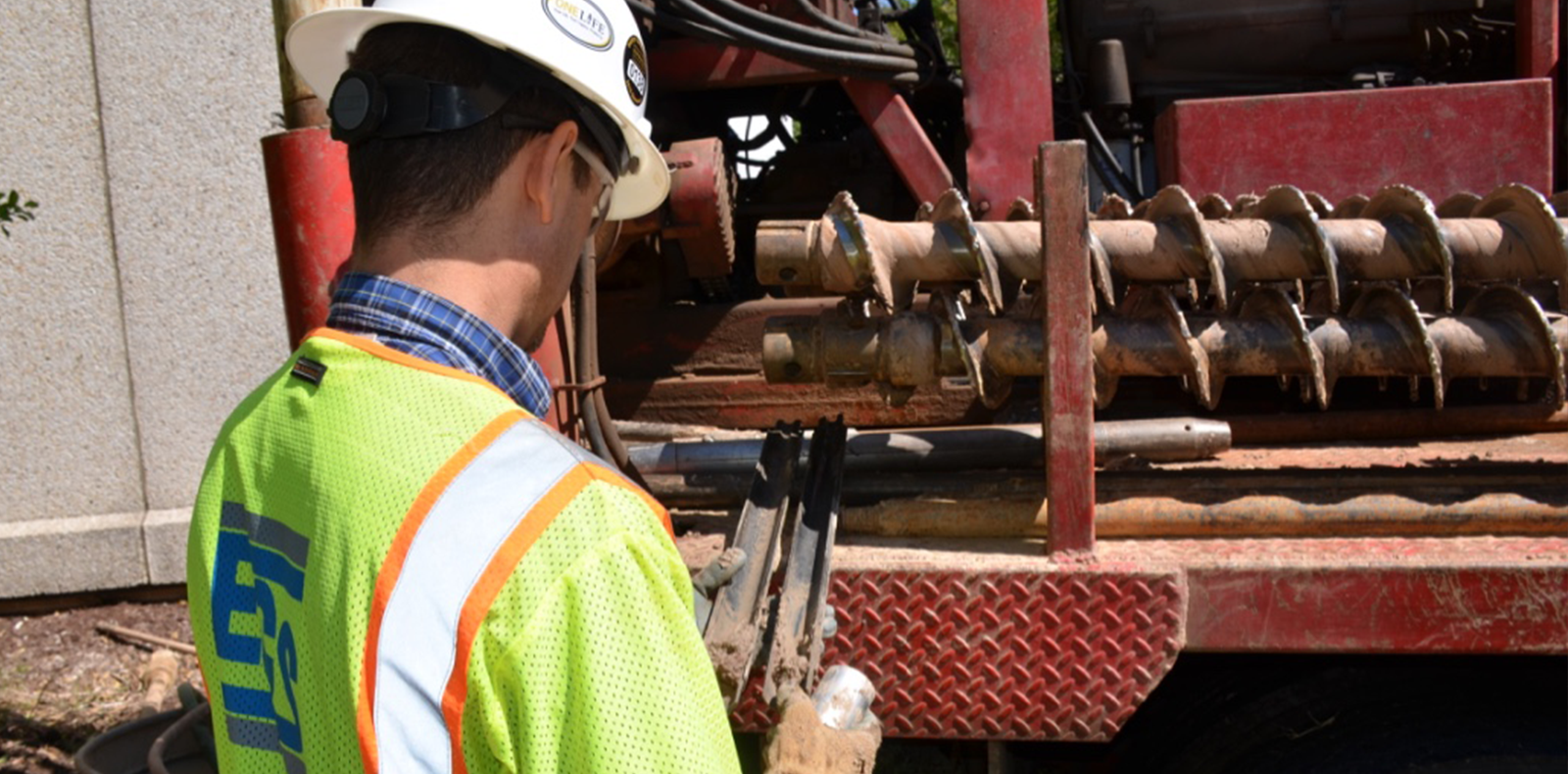Navigating the Intricacies of Geotechnical Eng Projects
Navigating the Intricacies of Geotechnical Eng Projects
Blog Article
The Necessary Contributions of Geotechnical Designers in Assessing Dirt Behavior and Foundation Style for Sustainable Facilities Advancement
Geotechnical engineers serve as a keystone in the world of sustainable infrastructure development, where their competence in assessing dirt habits directly influences the safety and long life of structures. By employing advanced strategies such as Typical Infiltration Tests and Cone Penetration Testing, they carefully assess dirt residential or commercial properties, leading to notified decisions on foundation design.
Duty of Geotechnical Engineers

Along with website examinations, geotechnical designers evaluate possible dangers such as soil liquefaction, incline stability, and groundwater concerns. They apply sophisticated engineering concepts to develop remedies that reduce these threats, making sure that designs abide by relevant codes and criteria. Their work frequently entails partnership with various other engineering disciplines, engineers, and environmental researchers to create incorporated methods to framework advancement.
In addition, geotechnical designers contribute to lasting practices by advertising the use of products and methods that lessen ecological effect. Via their extensive understanding of dirt mechanics and geology, they play an essential function in cultivating risk-free, resilient, and lasting infrastructure that satisfies the needs of culture while safeguarding the setting.
Dirt Behavior Analysis Methods
Understanding dirt behavior is basic to educated decision-making in geotechnical engineering, as it directly influences the style and building and construction processes. Different analysis strategies are employed to assess soil residential or commercial properties, making sure exact forecasts of its efficiency under various loading problems.
One key approach is the Standard Penetration Examination (SPT), which provides insights right into dirt thickness and uniformity via the resistance run into throughout infiltration. Cone Penetration Screening (CPT) supplies a continual account of dirt stratification and in-situ toughness criteria, making it possible for a much more in-depth understanding of subsurface conditions.
Lab tests, such as Atterberg limitations, unconfined compressive strength, and triaxial tests, are important for characterizing dirt actions under regulated problems. These tests help with the determination of critical criteria, consisting of shear strength, leaks in the structure, and compressibility.

Structure Design Concepts
Foundation layout principles are vital for guaranteeing the stability and longevity of frameworks, as they dictate how lots are sent from the superstructure to the underlying dirt. These principles encompass numerous factors to consider, consisting of load-bearing capability, settlement, and side security. A complete understanding of soil auto mechanics is necessary for geotechnical designers to evaluate the communication in between the dirt and the structure.
One secret principle is the ideal choice of foundation kind, which may include superficial structures, such as spread grounds, or deep structures, like piles or caissons, relying on soil problems and architectural loads - geotech engineer. The structure needs to be developed to minimize differential negotiation, which can result in architectural damage

Sustainable Facilities Practices
Just how can we successfully integrate sustainability into framework methods? Sustainable framework methods start with thorough site assessments, which examine soil actions, local ecological communities, and source availability.
In addition, utilizing innovative building and construction methods, such as utilizing recycled materials and low-impact structures, significantly lowers the carbon impact of facilities tasks. Geotechnical engineers play a crucial role in choosing appropriate materials that boost toughness and sustainability, such as using geo-synthetics to enhance dirt security and reduce erosion.
On top of that, sustainable facilities techniques require recurring monitoring and upkeep to ensure that structures continue to be durable over time. This includes carrying out adaptive administration strategies to resolve prospective environmental adjustments. Partnership amongst stakeholders-- consisting of engineers, local areas, and policymakers-- is critical for integrating sustainability goals right into project preparation and execution. Eventually, these practices not just contribute to the durability of frameworks but also advertise a healthier atmosphere, aligning facilities development with more comprehensive sustainability purposes.
Study and Applications
Case research studies in geotechnical design provide valuable understandings right into the useful applications of soil actions and lasting infrastructure techniques. One remarkable example is the building and construction of the Burj Khalifa in Dubai, where considerable soil testing and evaluation were performed to assess the special obstacles presented by the area's loosened sand and high water table. Geotechnical designers employed advanced methods such as vibrant probing and cone penetration testing to determine the soil's load-bearing capability, ultimately leading to the design of a deep foundation system that supports this legendary framework.
One more important situation is the remediation of the San Francisco-Oakland Bay Bridge after the 1989 Loma Prieta quake. Geotechnical analyses exposed the requirement for dirt stablizing strategies, including grouting and soil nailing, to enhance the seismic strength of the foundation. These interventions not just improved the bridge's safety but additionally added to its longevity and sustainability.
Such study exemplify just look at here now how geotechnical engineers play a crucial role in recognizing soil habits and using innovative solutions to make sure the architectural integrity and sustainability of facilities tasks. geotechnical industry. Their proficiency is necessary in addressing the complicated tests posed by various soil problems throughout varied geographic places
Final Thought
In verdict, the contributions of geotechnical engineers are important for the analysis of dirt actions and the design of foundations, which are vital for lasting framework development. Through the application of sophisticated testing methods and cutting-edge products, these professionals ensure the stability and safety of structures while reducing ecological effects. The combination of lasting techniques advertises strength in framework tasks, highlighting the relevance of cooperation amongst stakeholders discover this to achieve effective construction solutions that meet both societal and ecological demands.
Geotechnical designers serve as a foundation in the realm of sustainable infrastructure development, where their competence in examining dirt habits straight affects the safety and security and long life of structures.Geotechnical designers play an essential role in the style and building of framework by analyzing soil and rock behavior to why not find out more guarantee security and safety. A complete understanding of soil technicians is necessary for geotechnical designers to review the interaction in between the soil and the structure.
Geotechnical evaluations revealed the demand for dirt stabilization strategies, including grouting and soil nailing, to boost the seismic resilience of the structure.In final thought, the contributions of geotechnical designers are important for the assessment of dirt behavior and the layout of foundations, which are vital for sustainable infrastructure advancement.
Report this page